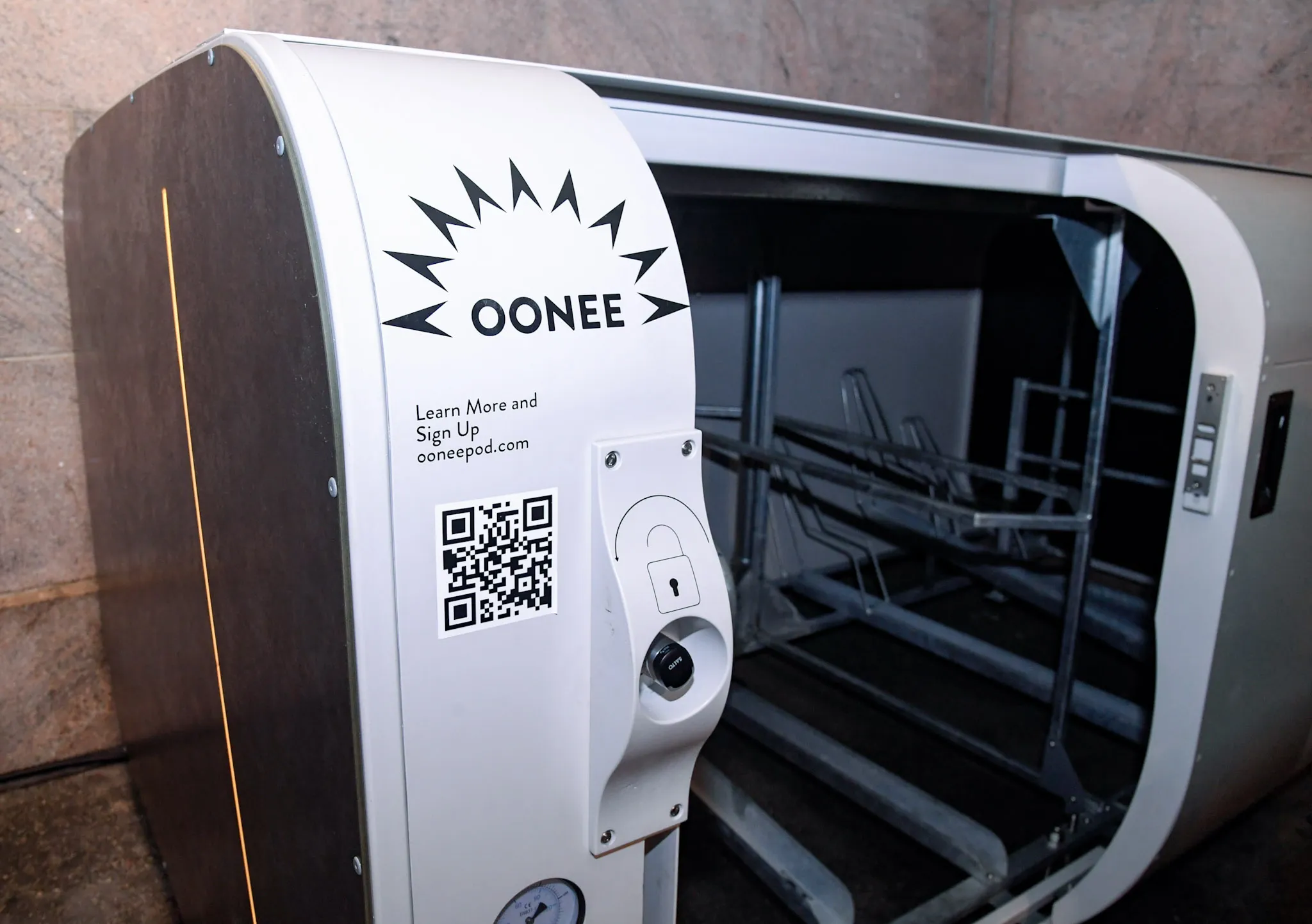Based on experience gained from its truck detection systems, Swiss company Tinynode has launched a wireless car parking detector, which can be used for off-street parking and is designed to be integrated with existing parking systems. Two models are available, the A4 which is screwed or glued on to the road surface, and the B4, which is embedded into the road surface. Both are easily installed and have a life of around ten years; batteries are easily replaced without disturbing the road surface.
May 31, 2013
Read time: 2 mins
Based on experience gained from its truck detection systems, Swiss company 7366 Tinynode has launched a wireless car parking detector, which can be used for off-street parking and is designed to be integrated with existing parking systems.
Two models are available, the A4 which is screwed or glued on to the road surface, and the B4, which is embedded into the road surface. Both are easily installed and have a life of around ten years; batteries are easily replaced without disturbing the road surface.
The system uses a network of magnetic detection sensors, one for each parking space, to determine whether or not a space is occupied. Utilising a patented radio communication protocol on the 868 MHz and 915 MHz frequency bands, data on parking availability is transmitted to a central database to provide information to guidance, signalling and reservation systems.
Tinynode is also updating its truck product range with a high-sensitivity truck detector that offers equivalent performance, with updated components and a longer lifetime. It is available in two models: the A4-H is placed on the road surface while the B4-H is embedded in the asphalt.
Two models are available, the A4 which is screwed or glued on to the road surface, and the B4, which is embedded into the road surface. Both are easily installed and have a life of around ten years; batteries are easily replaced without disturbing the road surface.
The system uses a network of magnetic detection sensors, one for each parking space, to determine whether or not a space is occupied. Utilising a patented radio communication protocol on the 868 MHz and 915 MHz frequency bands, data on parking availability is transmitted to a central database to provide information to guidance, signalling and reservation systems.
Tinynode is also updating its truck product range with a high-sensitivity truck detector that offers equivalent performance, with updated components and a longer lifetime. It is available in two models: the A4-H is placed on the road surface while the B4-H is embedded in the asphalt.










